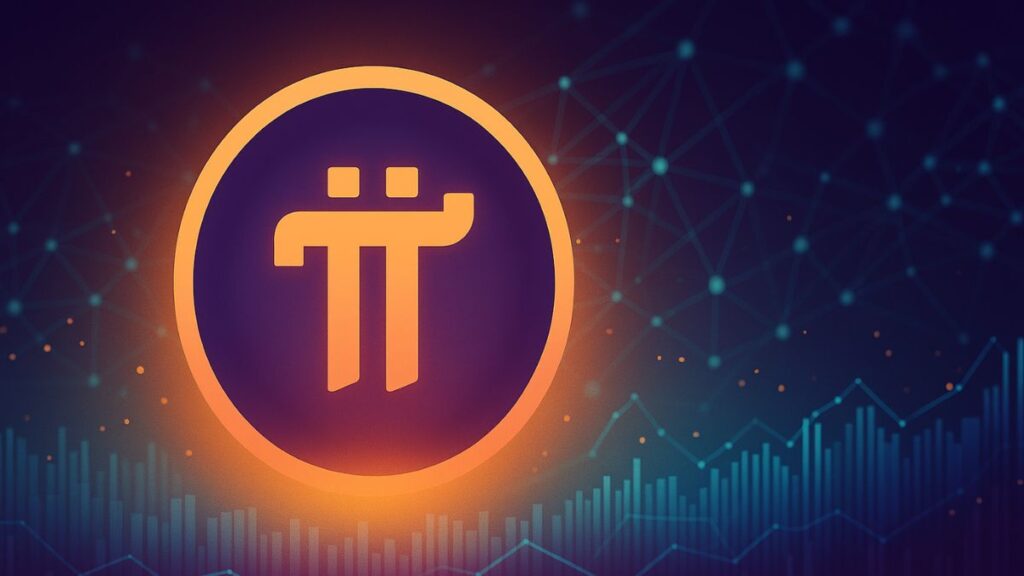TL;DR
- Protocol Upgrade: Pi Network’s Protocol 23 improves scalability, validation, and speed, with mainnet launch expected before the end of 2025.
- DeFi Expansion: Testnet ecosystem now includes a decentralized exchange and automated market maker, offering first on-chain DeFi features.
- Market Struggles: Pi coin trades near $0.23 with volume under $30 million, down 90% in market cap, but analysts see recovery potential.
Developers of the Pi Network are preparing for a pivotal milestone as Protocol 23 nears full deployment. After weeks of testing, insiders confirm the upgrade has significantly improved scalability and transaction speed, setting the stage for a mainnet launch before the end of 2025. The overhaul represents the most substantial technical leap since the project’s inception, with early results pointing to smoother validation and stronger infrastructure for decentralized applications.
Question Asked: How far is Pi Network’s blockchain upgrade to Protocol Version 23 (Smart Contracts)?
My Answer: Currently, the Testnet is running under Protocol 23 and undergoing active testing. Once this phase is completed successfully with minimal or no errors (you can observe… pic.twitter.com/vjEX411pgo
— Dr Altcoin ✝️ (@Dr_Picoin) October 9, 2025
Protocol 23 and Technical Advances
Protocol 23 is powered by Stellar Core v23.0.1, a framework designed to handle larger transaction volumes without compromising security. Testnet results highlight faster confirmations and more efficient block validation, suggesting the network is ready for broader adoption. Developers have emphasized that the upgrade enhances simulation tools, allowing for rigorous testing under mainnet conditions. This cautious approach reflects the team’s focus on long-term stability rather than rapid rollout.
Analyst Perspectives and Testing Phases
Industry analyst Dr. Altcoin noted that the Pi Network Core Team prioritizes precision over pace. He explained that after the initial testnet concludes, a second phase known as Testnet 2 will begin before the software transitions to the mainnet. His assessment underscores the project’s methodical strategy, which may frustrate traders seeking quick gains but reassures those focused on sustainable growth. The deliberate pace could ultimately strengthen confidence in the network’s resilience.

Expanding Ecosystem with DeFi Tools
Beyond protocol upgrades, Pi Network has expanded its testnet ecosystem by introducing a decentralized exchange and an automated market maker. These tools allow users to experiment with token trading and liquidity management in a controlled environment. The additions mark the project’s first steps into on-chain DeFi, signaling a broader vision for utility beyond simple transactions. This expansion could attract developers eager to build within a secure and scalable framework.
Market Challenges and Future Outlook
Despite technical progress, Pi’s market performance has faltered. The token has hovered around $0.23 with trading volume below $30 million, while its market cap has dropped nearly 90% from earlier highs. Once ranked among the top 15 digital assets, Pi has slipped out of the top 50. Still, optimism persists that Protocol 23 and DeFi integration could spark recovery by late 2025 or early 2026, positioning Pi Network for renewed relevance.










